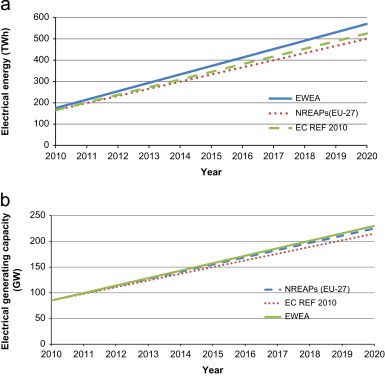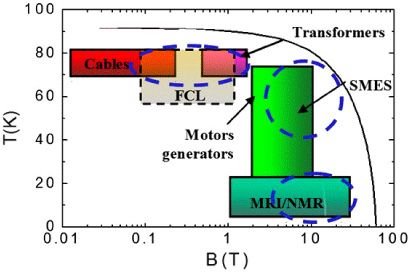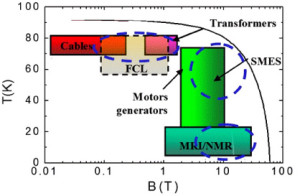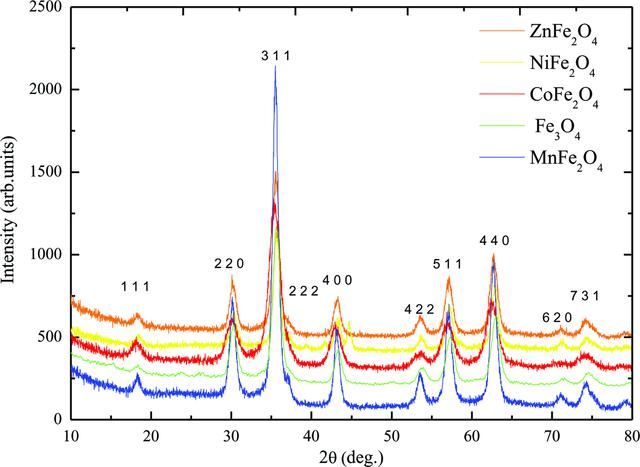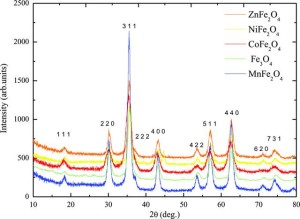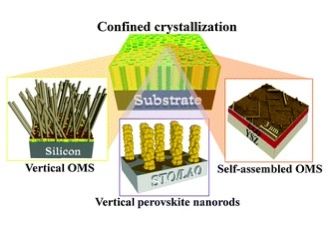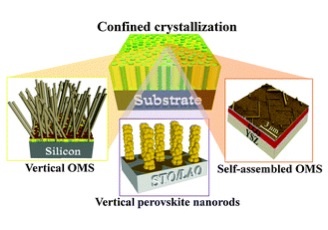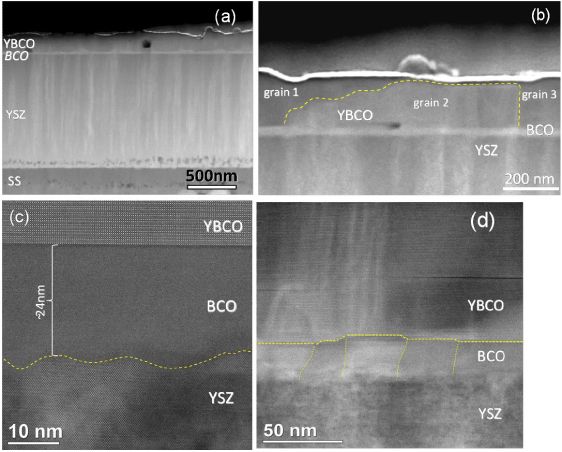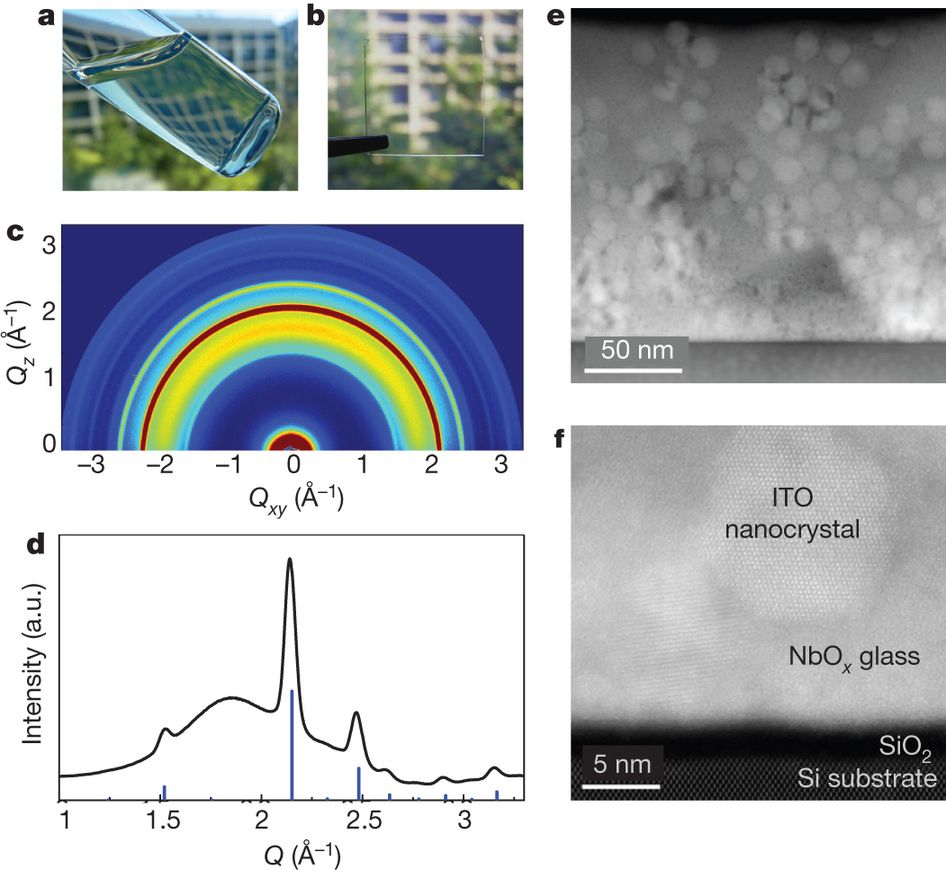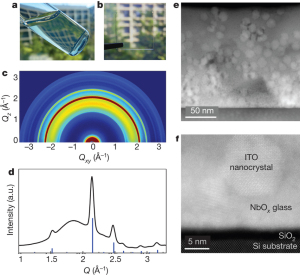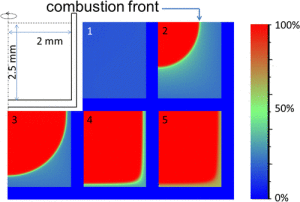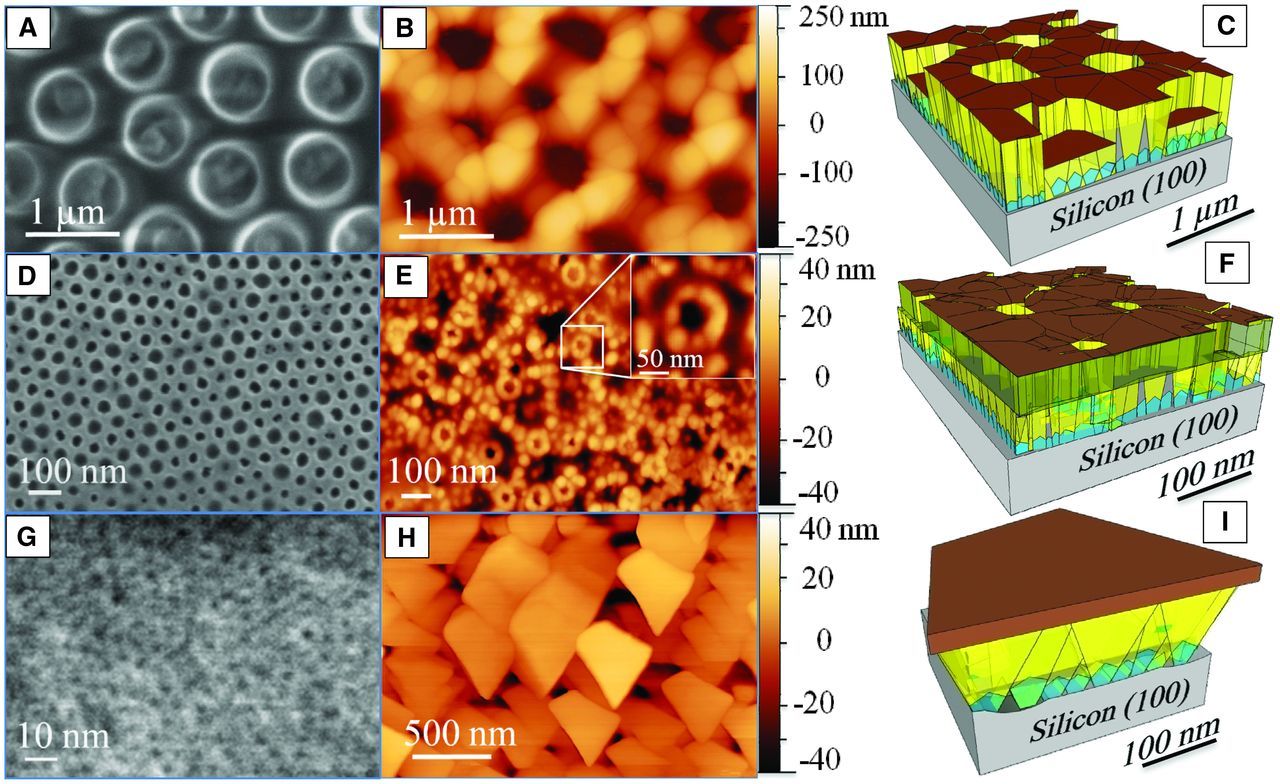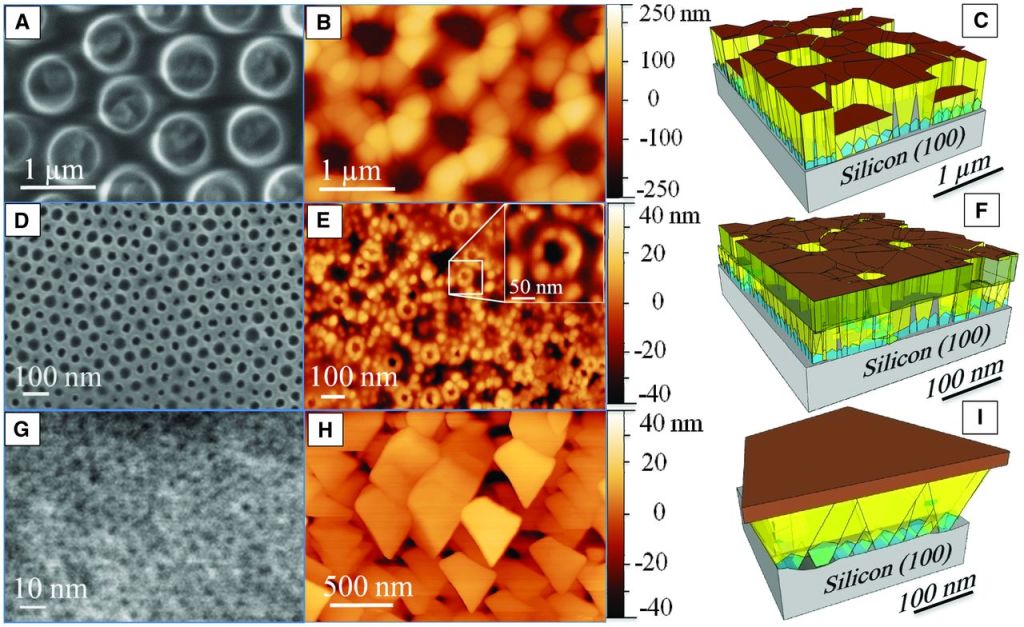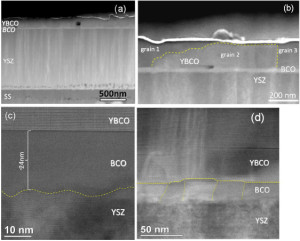
E. Bartolome, R. Vlad, A. Calleja, M. Aklalouch, R. Guzman, J Arbiol, X. Granados, A. Palau, X. Obradors, T. Puig and A. Usokin
Superconductor Science and Technology 26, 125004 (2013)
DOI:
10.1088/0953-2048/26/12/125004
The superconductor industry is demanding new methodologies to manufacture km-long, high quality coated conductors at high growth rates, using cost-effective, scalable processes. We report on the fabrication by an all-chemical deposition method of highly textured, thick (0.9 μm) inkjet-printed YBCO films, using a Ce
0.9Zr
0.1O
2 (CZO) capping layer deposited by MOD, on top of robust, buffered
ABADYSZ/SS substrates. Thinner, 0.25 μm spin-coated YBCO films were also analyzed for comparison. The structural study performed by x-ray diffraction, optical, AFM, SEM and TEM microscopy demonstrates the success of the capping layer for enhancing the planarity of the as-received tape and obtaining highly homogeneous and well-textured YBCO films. DC magnetometry granularity analysis was used to determine the mean superconducting grain diameter, ~2.5 μm, and the intra- and intergranular critical current densities of the coated conductors (CCs). For the thin, spin-coated sample, high self-field intragrain critical currents were measured (

, 3.3 MA cm
−2 at 5, 77 K). For the thick, inkjet-printed tape

was reduced by ~30%, but, notably, the percolative critical current,

, was only ~10% smaller at 5 K, thanks to good preservation of the texture. At 77 K,

was achieved, implying a critical current of
Ic = 117 A/cm-width. AC susceptibility measurements allowed us to demonstrate the high homogeneity of the fabricated CCs, and investigate the magnetic vortex-pinning phase diagram. Remarkably, the thick, inkjet-printed sample showed comparable irreversibility line (IL) and activation energy for thermal depinning,
Ue(
H), to the thin sample. The present results open new perspectives for the fabrication of high quality-to-cost ratio, all-chemical CCs with yet higher
Ic values by inkjet printing multideposition of thicker YBCO layers.
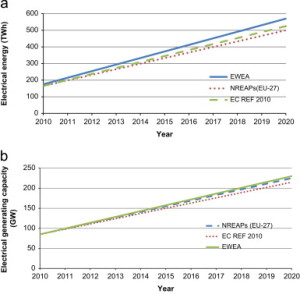 J. Lloberas, A. Sumper, M. Sanmarti and X. Granados
Renewable and Sustainable Energy Reviews 38, 404-414 (2014)
DOI: 10.1016/j.rser.2014.05.003
Large synchronous generators with high temperature superconductors are in constant development due to their advantages such as weight and volume reduction and the increased efficiency compared with conventional technologies. The offshore wind turbine market is growing by the day, increasing the capacity and energy production of the wind farms installed and increasing the electrical power for the electrical generators installed, consequently raising the total volume and weight for the electrical generators installed. The HTS synchronous generators (HTSSG) are an alternative to consider due to their low dimensions and low weight per megawatt. This article presents a detailed review of the geometric configurations of the large HTSSG for offshore wind energy followed by an explanation of the main non-conventional technological parts. Additionally, the experience from the most important projects – both ongoing and completed – by companies and research institutes related to the design and construction of HTSSG for offshore wind energy is reviewed.
J. Lloberas, A. Sumper, M. Sanmarti and X. Granados
Renewable and Sustainable Energy Reviews 38, 404-414 (2014)
DOI: 10.1016/j.rser.2014.05.003
Large synchronous generators with high temperature superconductors are in constant development due to their advantages such as weight and volume reduction and the increased efficiency compared with conventional technologies. The offshore wind turbine market is growing by the day, increasing the capacity and energy production of the wind farms installed and increasing the electrical power for the electrical generators installed, consequently raising the total volume and weight for the electrical generators installed. The HTS synchronous generators (HTSSG) are an alternative to consider due to their low dimensions and low weight per megawatt. This article presents a detailed review of the geometric configurations of the large HTSSG for offshore wind energy followed by an explanation of the main non-conventional technological parts. Additionally, the experience from the most important projects – both ongoing and completed – by companies and research institutes related to the design and construction of HTSSG for offshore wind energy is reviewed.
